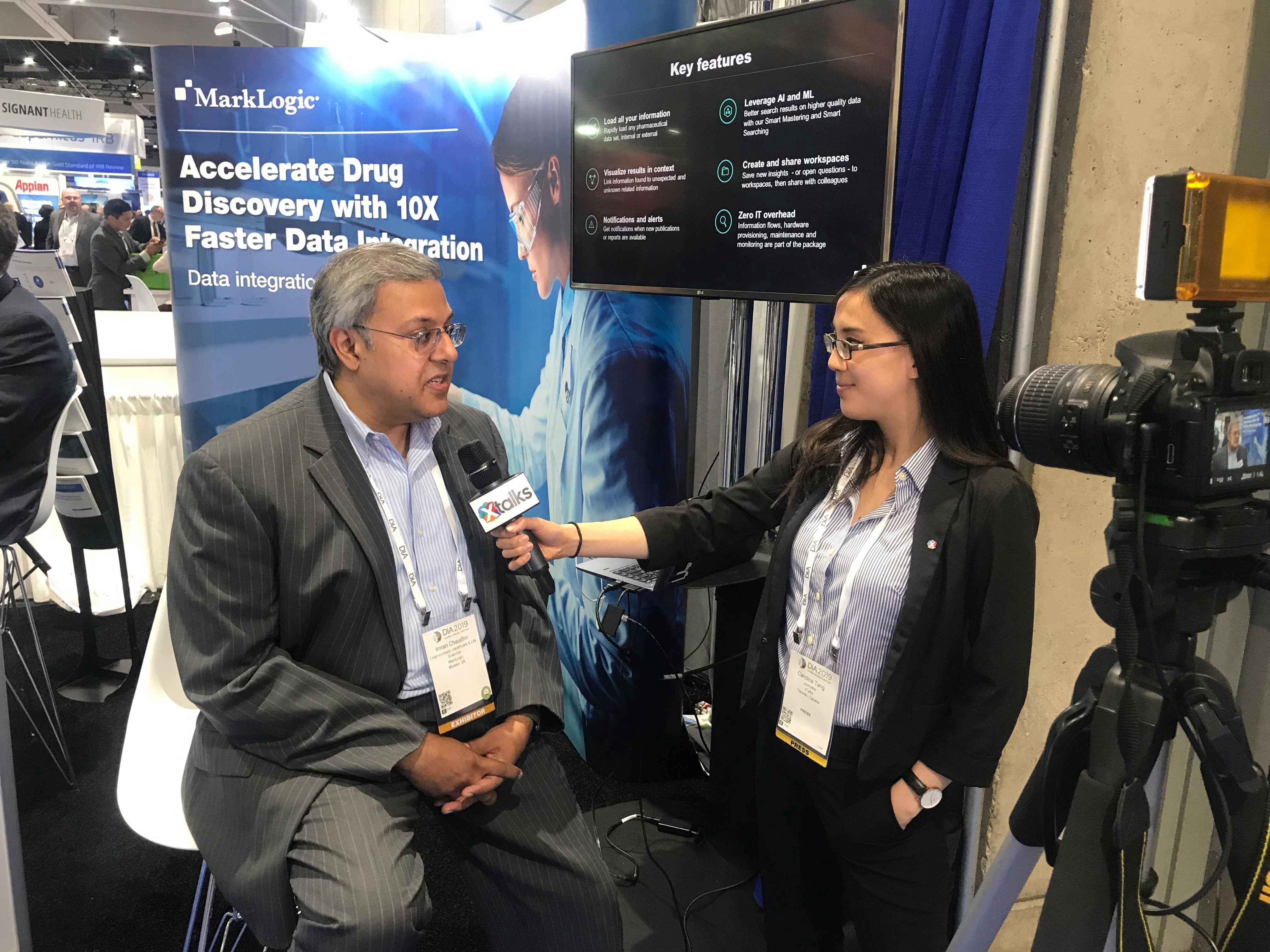Drugmakers are all familiar with the expedited programs offered by the US Food and Drug Administration (FDA) and European Medicines Agency (EMA) to help accelerate drug approval. These programs are especially helpful for companies developing drugs for rare diseases, for which there are few, if any, effective treatment options available.
Because these programs operate on a tighter timeline, regulators might accept surrogate endpoints — substitutes for clinical endpoints that are expected to predict the effect of the therapy. Not all surrogate endpoints reliably predict clinical outcomes, yet the EMA accepts such nonvalidated surrogate endpoints for accelerated drug approval. Although regulators require drugmakers to report post-marketing safety and efficacy data, a drug product approved through surrogate endpoints may not provide the intended clinical benefit.
How many commercially available drugs have been approved based on nonvalidated surrogate endpoints? Researchers from Queen Mary University of London may be one of the first to answer this question.
Based on 26 products approved via the EMA’s conditional marketing authorization (CMA) program and 25 products approved via the accelerated approval (AA) program between 2011 and 2018, the researchers found that 90 percent of the expedited approvals were based on surrogate endpoints, none of which were validated. Additionally, 90 percent of the AA products that used surrogate endpoints had no requirements for post-market reporting of clinical efficacy.
The authors note that the prevalence of nonvalidated surrogate endpoints in expedited regulatory programs is “concerning” since it’s unknown whether or not a treatment will provide its intended clinical benefit. Moreover, not all European Public Assessment Reports (from which the researchers’ extracted this data) consistently reported if drugs were approved based on surrogate or clinical endpoints.
The study, published in PLOS Medicine, sheds some light on the ongoing controversy over surrogate endpoints. For example, progression-free survival (how long a patient survives without his or her tumor growing or metastasizing) is widely used in cancer studies, but it is not a reliable predictor of overall survival. Dr. David Gorski, a surgical oncologist at the Barbara Ann Karmanos Cancer Institute, demonstrated this point in an article about Genentech’s Avastin, a breast cancer drug approved by the FDA in 2008 on the basis of improvements in progression-free survival. Gorski argued that the evidence supporting Avastin’s approval did not include improvements to quality of life, and in fact, led to more complications for the patient — all at a steep price.
For the end-users — potentially terminally ill patients — these factors may not matter at all. Approval for drugs that delayed tumor progression but did not necessarily improve overall survival received “overwhelming support,” according to Loyola University’s Dr. Kathy Albain, who defended the approval of Avastin. Many cancer drugs continue to be approved based on surrogate endpoints: researchers of a recent study published in JAMA Internal Medicine found that only 20 percent of 93 cancer drugs approved by the FDA through expedited pathways between 1992 and 2017 reported improvement in overall survival.
Even the length of time saved using surrogate endpoints in accelerated approval programs remains controversial. According to the authors of the PLOS Medicine study, the EMA’s conditional marketing authorization program advances authorization by four years. Across the Atlantic, oncology trials conducted with surrogate endpoints shave off only 11 months, on average, compared to trials conducted with meaningful clinical outcomes. Furthermore, these timelines could differ based on the validity of each surrogate endpoint.
Regulators and other stakeholders are continuously revising best practices for using surrogate endpoints in accelerated approval programs. This includes consistently reporting the nature of primary endpoints in prescribing information, as mentioned by the study authors. Until more research is conducted, regulators, practitioners and patients should be aware of the uncertainty of a drug’s effectiveness if its approval was based solely on surrogate endpoints.












Join or login to leave a comment
JOIN LOGIN